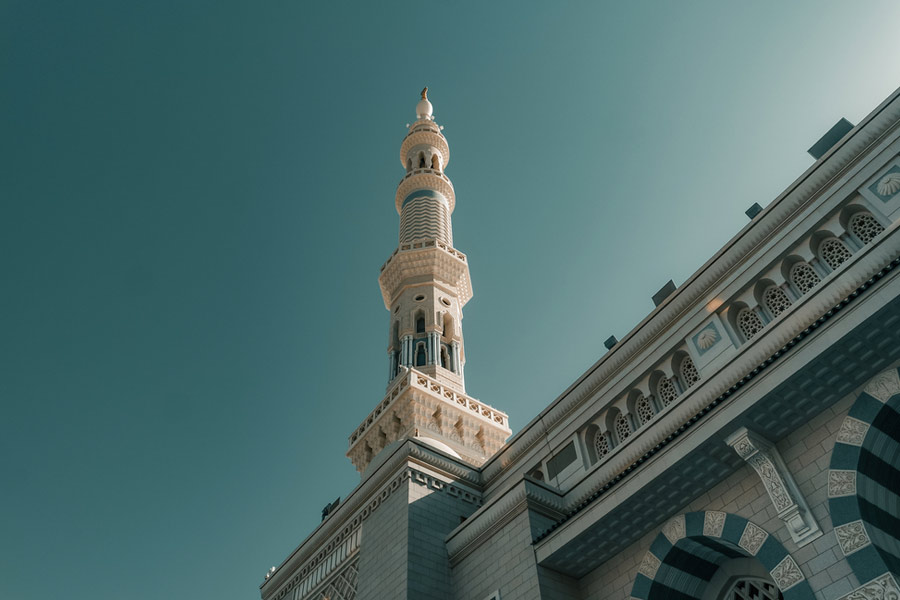One of the reliable indicators of the moral turpitude of a polity lies in the ubiquitous dimension — the everydayness — of hate. Majoritarian India, under the watch of the Narendra Modi government, has, arguably, reached the tipping point of this corrosion. News of communal conflagration are a dime a dozen. The flame that was lit in Haryana’s Nuh district involving a procession of the Vishwa Hindu Parishad has now begun to spread: neighbouring Gurugram has been affected. Meanwhile, proof of emerging pacts between division and deviance is coming to light. A constable of the Railway Protection Force shot dead four people, including at least two Muslims, on a train. The accused, apparently battling mental health conditions, articulated a seemingly polarising message even as he enacted his blood bath. These are but two incidents in a long and diverse chronology indicative of the normalisation of hatred in India in recent times.
The spread of this poison could not have been possible without the complicity of the powers that be. The evidence of collaboration between the State and the forces of division is voluminous. Responding to a plea that alleged that mob violence — the lynching of minorities being a common manifestation of the contagion — continues unabated, the Supreme Court recently sent notices to the Centre along with the states of Maharashtra, Odisha, Rajasthan, Haryana, Bihar and Madhya Pradesh. The rap on the knuckles comes five years after the apex court, dealing with the rise in mob vigilantism in the Tehseen Poonawalla case, had laid down remedial guidelines for the Centre and state governments to nip the burgeoning mischief in the bud. The governments have been leaden-footed in their response. Why else would, in early July and in a separate case, the Supreme Court need to take stock of what the Central and state governments have been doing on the matter since 2018? The political inertia to check lynching and other forms of mobocracy can only be attributed to wilful endorsement motivated by electoral and ideological gain. The judicial resistance to this evil agenda must be met with a spirited public response. A significant number of Indians do not support the regime’s majoritarianism. The people’s enthusiasm for the spirit of the Bharat Jodo Yatra bore evidence of their resistance. Indians must now heed the call to battle hatred — be it on the street or in their minds — with urgency.











